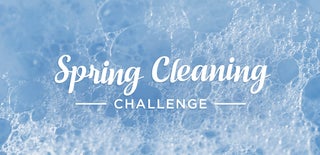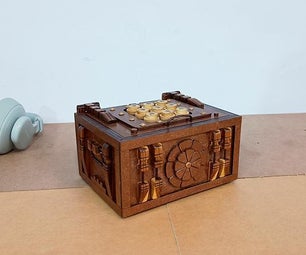Introduction: COVID-19 UV-C Sterilizer Box
COVID-19 is rapidly spreading. Millions are on lock down around the world. And everywhere there is a shortage of personal protective gear. Therefore single-use equipment needs to be sterilized and reused. That is not how it should be, but it is your best chance to protect yourself until production is stepped up. The European Union recommends the use of UV-C light for sterilization. For a mere 30 bucks you can build a UV-C sterilizer yourself to alter protective gear and daily needs e.g. smartphones, keys, toothbrushes and more.
Caution: UV-C light causes skin cancer! Always close the lid of your box before you turn on the UV-C light. For more information see the European commision's factsheet.
Supplies
- Sealable opaque Box with open handles
- low power UV-C lamp (no ballast needed)
- E27 bulb socket with power switch
- G23/24 to E27 bulb adapter
- Cardboard
- Scissors
- Adhesive tape
Step 1: Things You Need
- Sealable opaque Box with open handles
- low power UV-C lamp (no ballast needed)
- E27 bulb socket with power switch
- G23/24 to E27 bulb adapter
- Cardboard
- Scissors
- Adhesive tape
- Tin foil
Please note: electrical standards may vary!
Step 2: Screw in the G23/24 to E27 Bulb Adapter
Easy-peasy!
Step 3: Insert the UV-C Lamp
Easy peasy too. However before you continue I suggest you test the UV-C lamp first, because once the lid is closed, you will not be able to tell. This is important. If the UV-C lamp is not working, you might mistake that the things you put inside the box are sterilized, even if this is not the case.
Caution: UV-C light causes skin cancer! Cover your skin and wear sunglasses. Turn on the light and immediately turn it off if it is working.
Step 4: Cover the Handles
Use the cardboard and adhesive tape to cover the open handles. This is important! Make sure that no UV-C light can emit from the box.
Step 5: Put a Reminder on the Lid
UV-C light can cause skin cancer. It is a good idea to put a little reminder on the lid. I urge you to take this serious!
Step 6: Cover the Inside With Tin Foil
Nothing more to say here, except thank you @iminthebathroom for the hint. With tin foil you can make this sterilizer box even better and more effective. Now it looks like a real oven. Remember to cover the lid as well!
Step 7: Raise Objects Inside
To help scatter the UV-C rays under the item you want to sterilize, it is best to raise those items several inches from the bottom. Use a cookie rack or an IKEA Brunsta Hemma lampshade. Whatever is at hand. Thank you for the kind suggestion @iminthebathroom.
Step 8: Start Sterilizing
Now you can sterilize some of your protective gear and daily needs. Do this on a daily basis. Put all of it inside the box and turn on the light for at least 10 minutes, but remember to always close the lid. Be cautious and stay healthy! For more information on the effects of UV-C light on COVID-19 see
Please note: If you like this DIY tutorial spread the word and help others to protect themselves too. #FlattenTheCurve

Participated in the
Spring Cleaning Challenge







